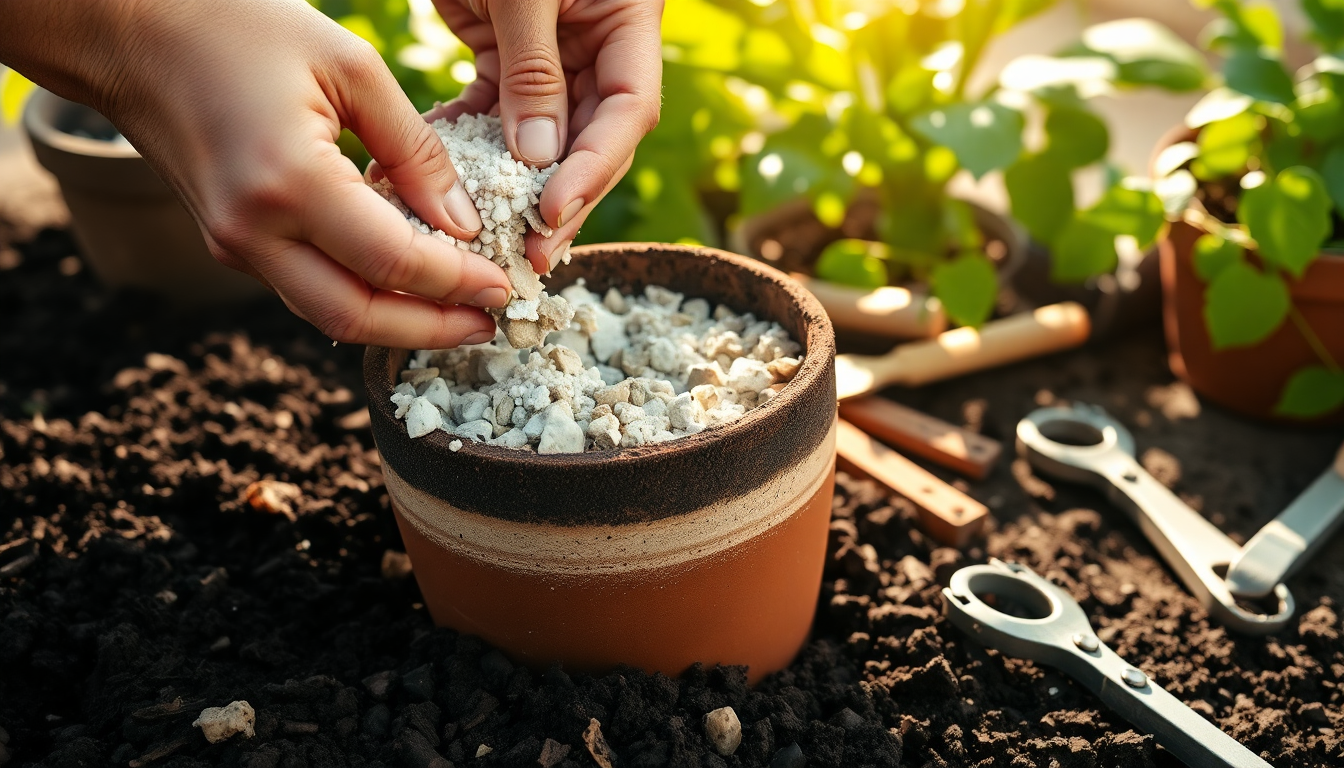As a passionate gardener in the bustling HSR Layout neighborhood of Bangalore, I've learned that the key to a lush, healthy garden lies in the foundation - the soil and drainage. One common challenge I've encountered is the issue of poor drainage in clay pots, which can lead to a host of problems for my beloved plants. But fear not, my fellow green-thumbed enthusiasts, for I'm here to share my hard-earned insights on how to overcome this obstacle and help your plants thrive.
Understanding the Importance of Drainage
Proper drainage is essential for the health and well-being of your plants, regardless of the type of container they're growing in. In clay pots, the issue becomes even more critical, as the dense, compact nature of the material can easily lead to waterlogging and root rot if not addressed.
When plants are left sitting in stagnant water, their roots become deprived of the oxygen they need to function properly. This can result in a host of problems, including stunted growth, yellowing leaves, and even the untimely demise of your prized plants. By improving the drainage in your clay pots, you'll be giving your plants the best possible chance to flourish and reach their full potential.
Assessing Your Clay Pots
The first step in improving drainage is to take a close look at your clay pots and identify any potential issues. Here are a few things to consider:
Pot Size
The size of your clay pot can have a significant impact on drainage. Larger pots tend to have better drainage than smaller ones, as they provide more volume for excess water to accumulate. If you're working with smaller clay pots, you may need to take additional measures to ensure proper drainage.
Pot Material
The thickness and porosity of the clay used in your pots can also affect drainage. Thinner, more porous clay pots will generally have better drainage than thicker, less permeable ones. If you're unsure about the material of your clay pots, you can consult with the team at Idyl, your one-stop shop for all your gardening needs in HSR Layout.
Pot Condition
Over time, clay pots can develop cracks, chips, or other damage that can compromise their drainage capabilities. Inspect your pots closely and consider replacing any that are in poor condition.
Improving Drainage in Clay Pots
Now that you've assessed your clay pots, it's time to take action and improve their drainage. Here are some effective strategies to try:
Adding Drainage Holes
If your clay pots don't already have drainage holes, it's time to create some. Use a drill or a sharp tool to carefully create several holes in the bottom of the pot, ensuring that they're large enough to allow excess water to escape.
Using Gravel or Rocks
Another effective way to improve drainage in clay pots is to add a layer of gravel or small rocks to the bottom of the pot before adding soil. This creates a space for water to accumulate and slowly drain out, preventing waterlogging.
Incorporating Organic Matter
Amending your potting soil with organic matter, such as compost or peat moss, can also help improve drainage. These materials help to aerate the soil and create more space for water to flow through.
Elevating the Pot
Placing your clay pots on pot feet or elevating them on bricks or stones can help improve drainage by allowing excess water to flow out more easily.
Choosing the Right Potting Mix
When it comes to clay pots, it's important to use a well-draining potting mix that is specifically formulated for container gardening. Idyl offers a range of high-quality potting mixes that are perfect for your HSR Layout garden.
Maintaining Healthy Drainage
Once you've implemented these strategies to improve drainage in your clay pots, it's important to maintain them to ensure your plants continue to thrive. Here are a few tips:
Regular Watering
Avoid letting your clay pots sit in standing water, as this can lead to root rot and other issues. Instead, water your plants regularly, allowing the soil to partially dry out between waterings.
Monitoring Soil Moisture
Use your finger or a moisture meter to check the soil moisture levels in your clay pots. Adjust your watering schedule as needed to ensure the soil is neither too wet nor too dry.
Cleaning and Maintaining Pots
Periodically clean your clay pots to remove any built-up debris or mineral deposits that could impede drainage. You can also consider applying a sealant or coating to the interior of the pots to help maintain their drainage capabilities over time.
By following these strategies and working with the team at Idyl, your one-stop shop for all your gardening needs in HSR Layout, you'll be well on your way to creating a thriving, lush garden in your clay pots. Happy planting!


0 comments